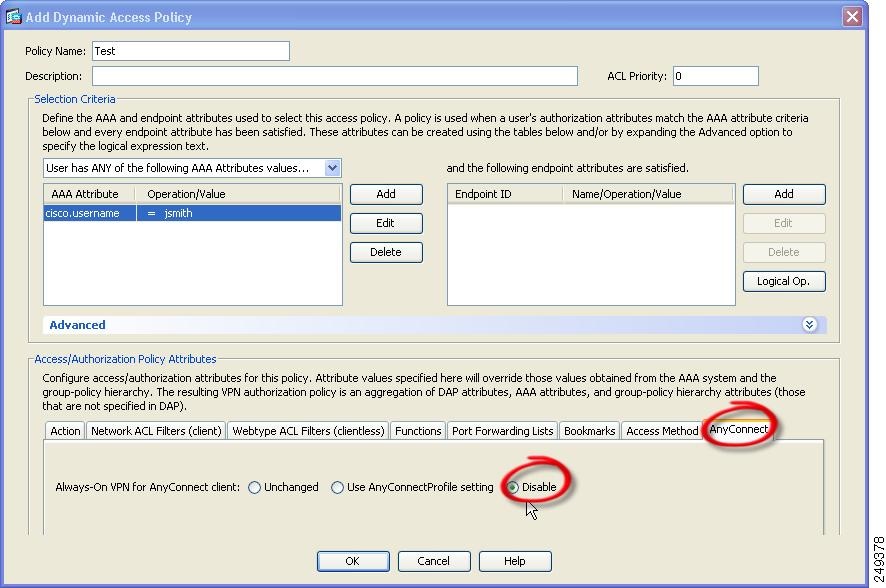This article covers installing Cisco AnyConnect on a Windows computer with a University of Minnesota profile built in. If you are looking for instructions for how to install AnyConnect on a Mac, see Downloads & Guides: Install AnyConnect VPN for macOS. The client is available on all university-managed computers in the Software Center (MESA) or in Mason Self Service (Jamf Pro). If you are not using a university-managed computer, you will first need to download the Cisco AnyConnect VPN client. For Windows, Mac, and Linux devices, download the client from the Related Downloads box on this page.
Windows Vista/7/8/8.1/10 (32 or 64 bit) Anyconnect Client Installation
Download Cisco AnyConnect for Windows 10. Installation and Setup Instructions for Windows. The first time you launch the client, enter 'vpn.olemiss.edu'. Downloads and Guides: Connect to AnyConnect VPN for Windows 10 If you need to download the client, visit our Downloads & Guides page to download the client and find installation instructions. Certain Departmental Pools, Full Tunnel VPN, and Split Tunnel VPN Pools require Two Factor Authentication (2FA) through Duo Security to connect. After installation is complete, open the “Cisco AnyConnect Secure Mobility Client” from your Applications folder. For login instructions, please see our guide for using the Cisco AnyConnect VPN client.
- Browse to NS VPN Client Download Page
- Start the 'anyconnect-win' installer downloaded in step 2.
- At each prompt, click 'Next.' You may see a 'User Account Control' dialog box asking if you would like to install the program. Click 'Yes.'
- Once the install is complete, click 'Finish.'
- Start the 'anyconnect-win-gina' installer downloaded in step 2.
- At each prompt, click 'Next.' You may see a 'User Account Control' dialog box asking if you would like to install the program. Click 'Yes.'
- Once the install is complete, click 'Finish.'
- The machine will now ask to reboot. Click yes to reboot.
- Launch the client by going to Start->All Programs->Cisco->Cisco Anyconnect Secure Mobility Client
- In the field to the left of the 'Connect' button, click on the text area and type 'vpn.ufl.edu'. Click connect.
- Authenticate with your gatorlink ID (in the form of username@ufl.edu) and your gatorlink password. Click OK.
- The most recent version of the client and vpn configuration files will be automatically downloaded. This may require another reboot to complete the update.
- Your client is now ready for use.
Notes:
- Once the Anyconnect is installed on your machine, it will always be automatically upgraded to the latest version as they are published by Network Services. You shouldn't need to go through the manual installation process unless you reinstall your operating system, or your client becomes corrupted and needs to be uninstalled and reinstalled.
- After connecting for the first time, the VPN policy will be pushed to your client. The pulldown will say 'Gatorlink VPN' rather than vpn.ufl.edu after this policy is downloaded.
Download and configure the new UCSD Virtual Private Network (VPN) AnyConnect client on your Windows 10 Desktop and Tablet for a conventional installation.

In the right place? If you only need to access common campus Web sites or remote desktop computing, use the VPN EasyConnect option. See instructions in Virtual Private Networks at UCSD.
Notes:
- You must log into your computer with administrator rights.
- You need your Active Directory (AD) username and password. If you don't remember your AD username or password, you can either reset it at https://adweb.ucsd.edu/adpass/ or contact your department's systems administrator.
- ACT is testing the support of SBL (Start Before Login) on Windows-based machines.
1. Download the UCSD VPN AnyConnect client
- Download the VPN AnyConnect client (UCSD login required).
- Click Run.
2. Begin the installation
3. Accept the license agreement
- Accept the terms, and click Next.
4. Continue the installation
- Click Install.
- You may be asked if you want to allow the following program to intall software on this computer
- Click Yes
- Click Yes
5. Finish the installation
- Click Finish
- Restart your system
- Settings/Power/Restart
- Settings/Power/Restart
6. Run the AnyConnect client
- Click on the Windows Start Button (this will display the Windows Start Menu). Click on All Apps and choose the Cisco Folder. Proceed with selecting the Cisco AnyConnect Secure Mobility Client to launch.
7. Authenticate with UCSD VPN using DUO 2-Step Authentication

- In the first window, enter vpn.ucsd.edu in the box and click on the “Connect” button to the right
- A second window will appear. Select your desired connection profile from the Group drop-down menu:
- 2-Step Secured - allthruucsd – Route all traffic through the UCSD VPN. Use this when accessing Library resources and CMS website staging links. This is the preferred method.
- 2-Step Secured - split – Route only campus traffic through the UCSD VPN. All other traffic goes through your normal Internet provider.
- In the Username field, enter your Active Directory (AD) username
- In the Passcode field, use the following to authenticate through DUO (See Two-Step Login: VPN for further details):
- If you receive DUO push notifications on your mobile phone enter:
- yourADpassword,push
- If you receive a DUO phone call to authenticate, enter:
- yourADpassword,phone
- If you use a DUO token to generate a passcode enter:
- yourADpassword,6digitpasscodefromtoken
- If you receive DUO push notifications on your mobile phone enter:
- Click OK.
Download Cisco Anyconnect Vpn Client For Windows Free
8. Disconnect
- Click on the Windows Start Button (this will display the Windows Start Menu). Click on All Apps and choose the Cisco Folder. Proceed with selecting the Cisco AnyConnect Secure Mobility Client.
- When the window appears, select Disconnect.

Cisco Anyconnect Vpn Client Windows 10
